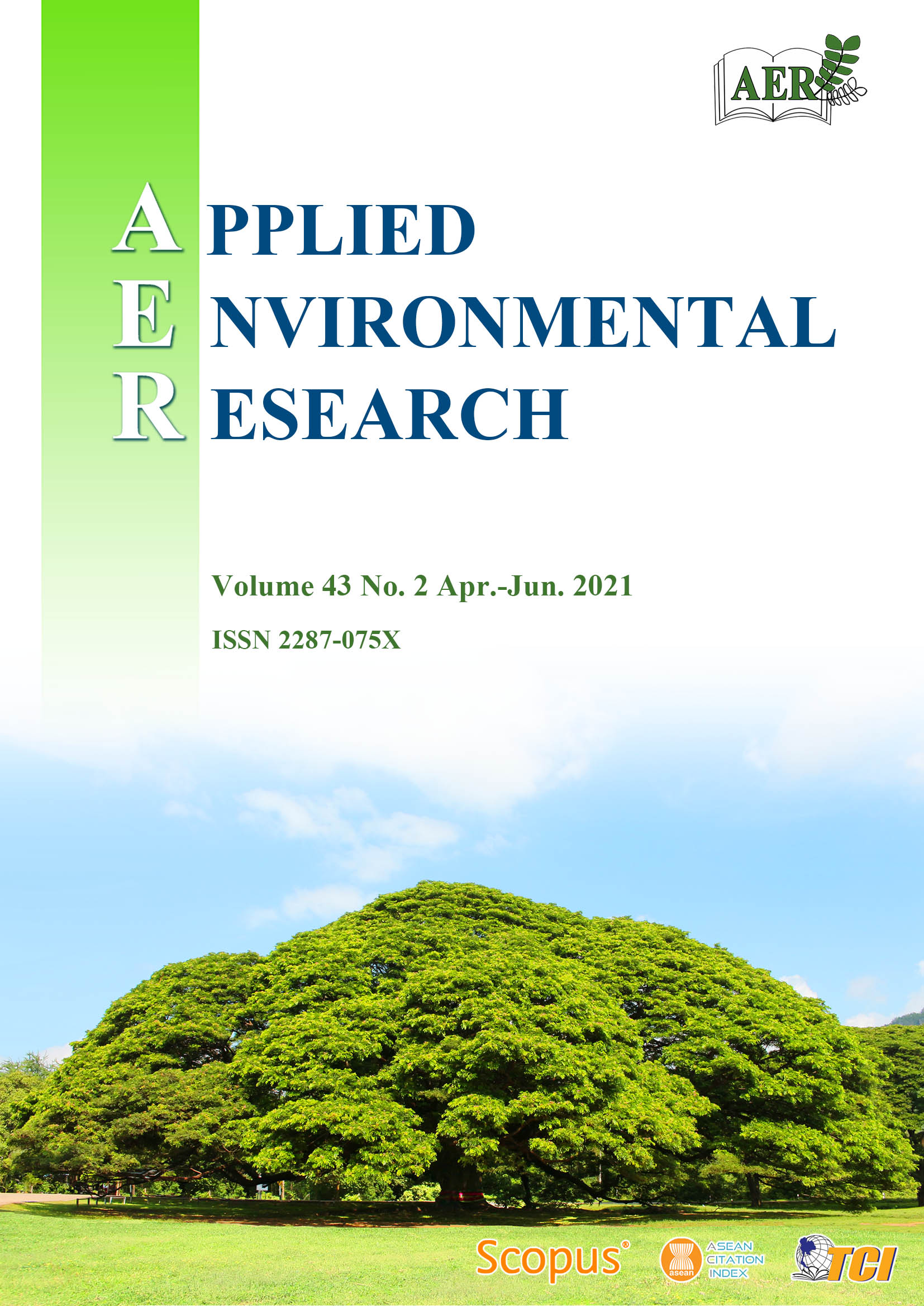Characteristics of Surface Water Quality and Diversity of Zoobenthos in Water Bodies, An Giang Province, Vietnam
Main Article Content
Abstract
The use of zoobenthos to evaluate water quality has gained considerable interest due to its low cost and environmental friendliness. This study analyzed water and zoobenthos samples at 13 sites in the water bodies in An Giang province in the rainy season (on March) and dry season (on September) in 2018. The results showed that the surface water was contaminated by organic matters, suspended solids and coliforms. There was occurrence of 28 species of zoobenthos divided into five classes including Oligochaeta, Polychaeta, Insecta, Gastropoda, and Bivalvia in which Bivalvia was the most diverse class accounting for 75%. The densities of zoobenthos in the dry and wet season were from 30 divided into three clusters for the dry season and six clusters for the rainy season indicating seasonal variation of zoobenthos composition possibly due to variance of water and sediment characteristics. The results of Pearson correlation indicated that the composition of zoobenthos was strongly correlated with temperature, pH, N-NH4+ and N-NO3-. Using water quality index (WQI), Shannon-Wiener diversity index (H’) and associated average score per taxon (ASPT) for water quality assessment revealed that water quality ranges from medium (from α to β- mesosaprobe) to heavy pollution (Polysaprobe). There was inconsistency between using physicochemicals and diversity index of zoobenthos for water quality identification leading to the use of zoobenthos for water indication could result in misadjustment of water quality. Further study should investigate the relationship between zoobenthos and water quality in different ecological areas to better indicate role of zoobenthos in quick diagnose water quality.
Article Details

This work is licensed under a Creative Commons Attribution-NonCommercial 4.0 International License.
Published articles are under the copyright of the Applied Environmental Research effective when the article is accepted for publication thus granting Applied Environmental Research all rights for the work so that both parties may be protected from the consequences of unauthorized use. Partially or totally publication of an article elsewhere is possible only after the consent from the editors.

